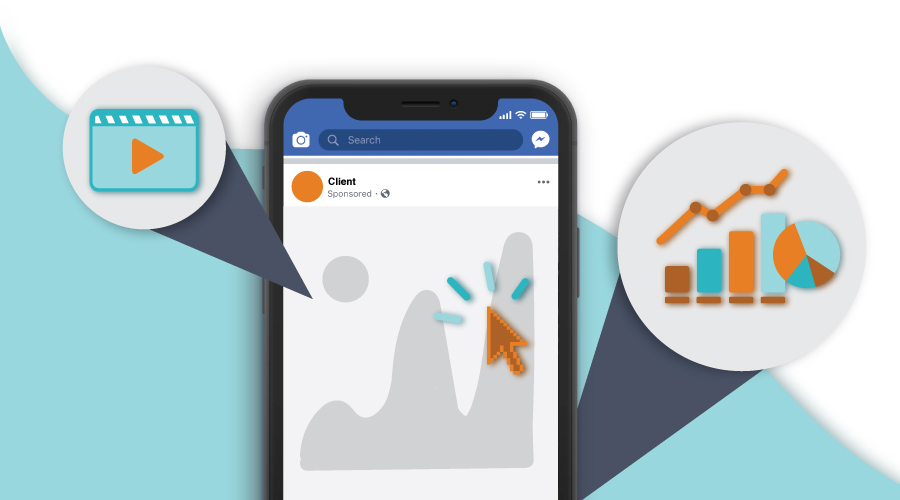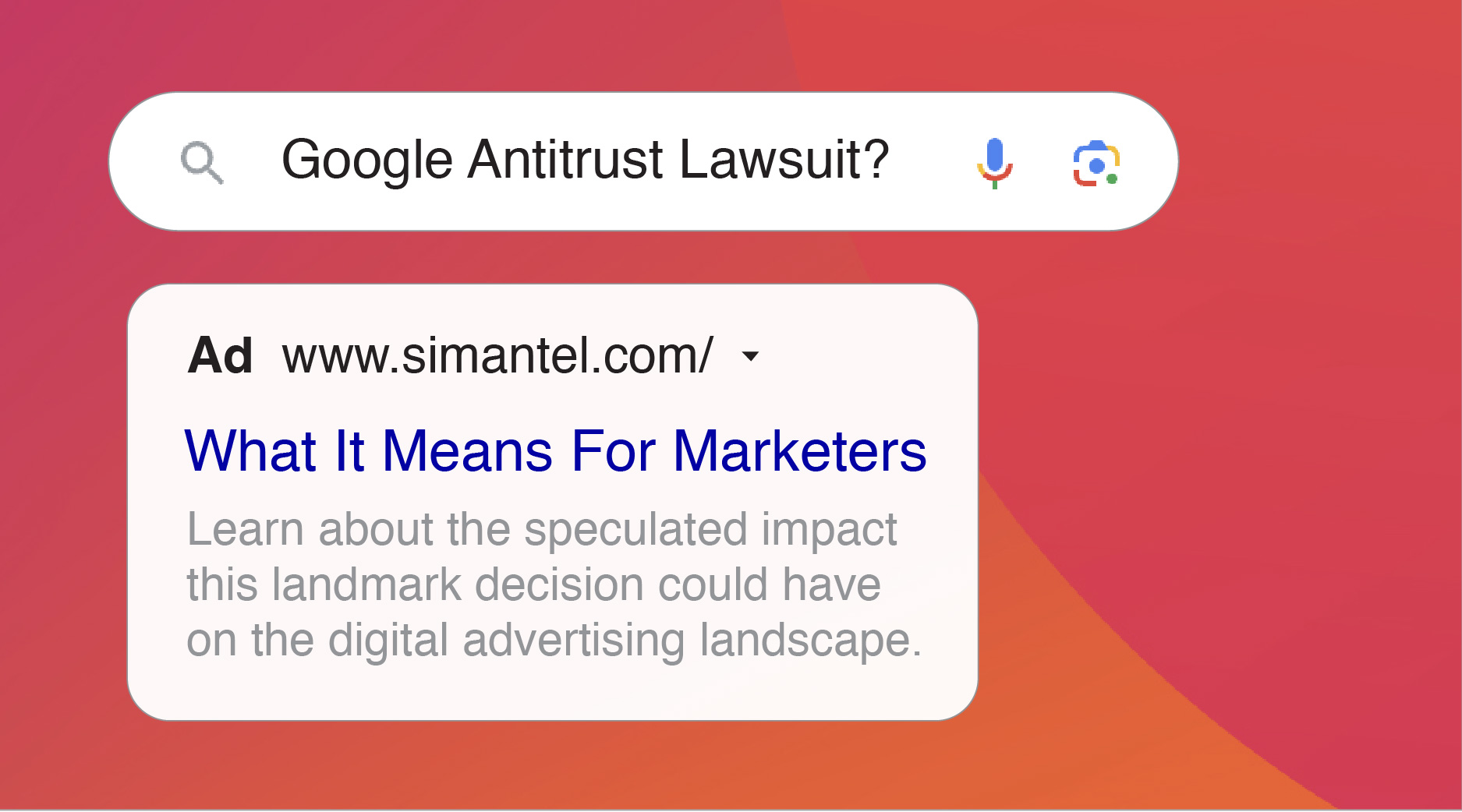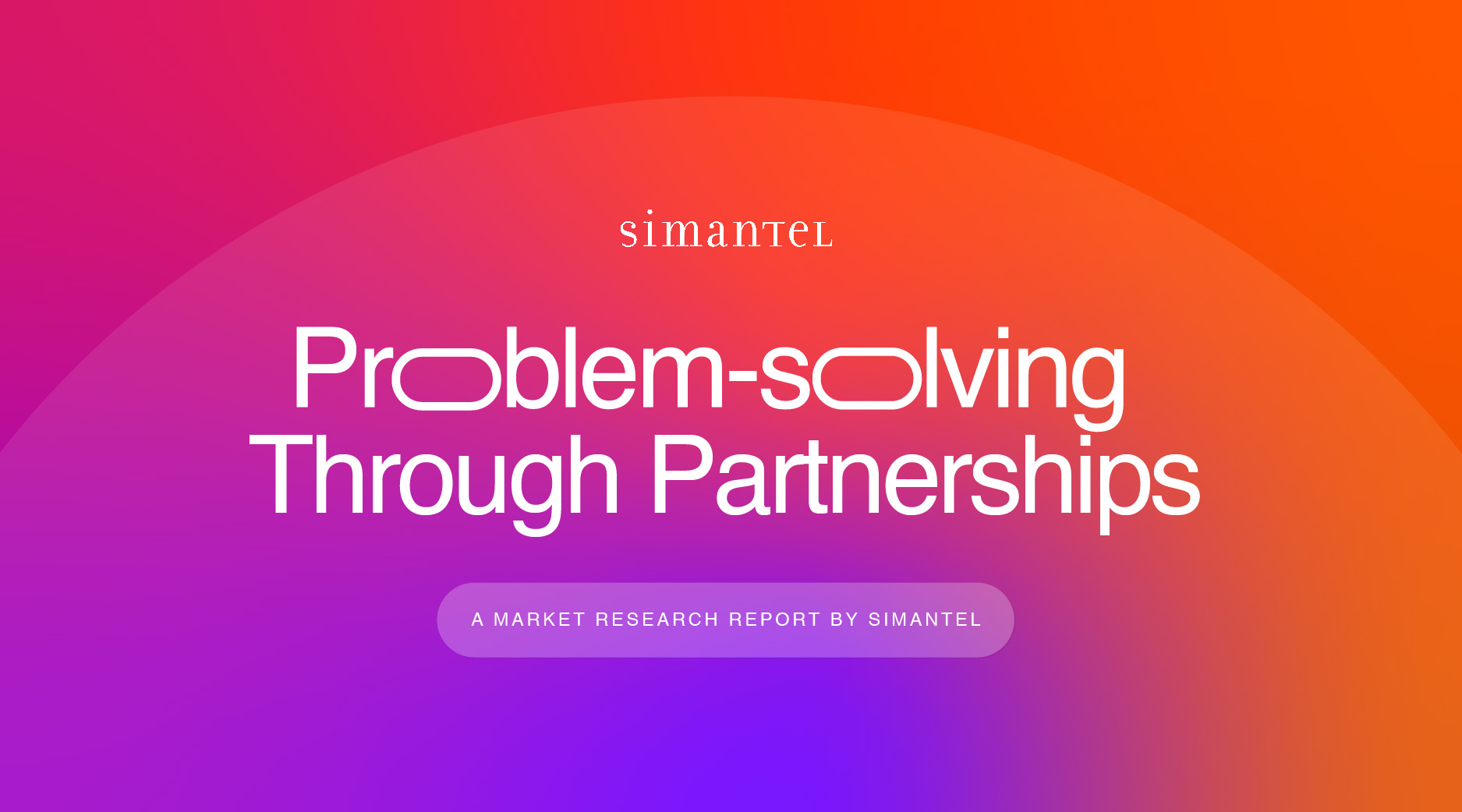If I were to tell you that people spend a significant amount of time on social, you would probably agree. But what if I told you the average person scrolls through 360 feet of content a day in their Facebook News Feed? That’s like viewing your friends’ selfies and food pictures from the bottom to top of the Statue of Liberty. That’s a massive amount of content. Additionally, people spend about three hours a day on mobile devices and 58% of digital time in apps. Yet, many campaigns leave out the conscious effort to focus on mobile content until the planning is over.
We recently attended the first ever Facebook Marketing Partners for Agencies Expo in North America, where our media team had the opportunity to learn from experts and join hundreds of agencies at this inaugural event. While there, we met with Facebook’s team at their downtown Chicago office and had a more intimate conversation with the account managers closest to our clients’ business about how we intend to plan and optimize campaigns.
OUR TAKEAWAYS
Media Planning for Thumb-Stopping Creative
When capturing mobile users, creative makes all the difference. Armed with research based on over two billion users who consume content on mobile devices, social media giants like Facebook offer tools to help brands plan their campaigns based on audience insights and signals. These native tools allow creative teams to develop the content most likely to engage the people that matter most. The fastest growing advertisers create 11 times more creative assets than the majority of marketers. But the thing that determines if a campaign succeeds is whether or not consumers are served the right creative at the right time—which comes down to the media planning.
The best planning features a combination of creative assets that tell a story, create a journey and drive an audience to perform an action. Accomplishing this is no easy task, and that’s why upfront planning is important. Get to know your audience through research tactics like social listening.
Related: Ready, Set, Research
Many ad platforms have native tools that allow advertisers to leverage multiple creative components in one ad. Facebook uses Instant Experience ad types to engage viewers in multiple ways. These ad types provide a full-screen, post-click experience, allowing brands to bring their messages to life on mobile. Audiences can watch engaging videos and photos, swipe through carousels, complete a form and view products, all while delivering a fast experience for audiences and measurable insights for advertisers.
Related: Thinking Outside the Social Box
Video and Motion in Ads Matter
Audiences are on the go and the best way to keep their attention is video. Video holds attention five times longer than static content, and Facebook Instant Experience can help advertisers leverage speed to do so. On average, video ads are watched in News Feeds for 5.7 seconds. When creating videos specifically for social, advertisers should strive to keep videos short (like 15 seconds short) and with creative that quickly captures attention within the first three seconds.
Another component of video is size and sound. Optimizing your content and media plans separately for News Feed and Stories can lead to greater results. It is recommended to have News Feed content designed with sound off and Stories content designed with sound on. Using aspect ratios like 9:16 for News Feed and Stories or 1:1 in News Feed, carousels and collections allow you to take advantage of the mobile screen’s available space.
And if you are strapped for time and budget, keep in mind that the changes between the two types of content can be minor. You can turn static images into motion ads with simple animation. Use one to two elements in the first three seconds to grab attention, or bring the logo to life with animation to keep users engaged.
Related: Make the Most of Your Video Budget
Use Signals to Measure, Learn and Optimize
Knowing how campaigns are performing is just as important as all the planning and development. At Simantel we use the Facebook pixel to make decisions for enhancing and optimizing campaigns.
The Facebook pixel is installed on a website and measures the effectiveness of ads by understanding the actions people take on the website. This helps Facebook learn which potential consumers they should show ads to—and, in turn, optimize conversions.
Through these insights, media planners can collaborate with the creative team to let them know how the creative is performing and what needs to change or be enhanced to continue gaining attention.
Simantel is a member of the Facebook Marketing Partners for Agencies Program. Through our membership, we have access to resources and tools aimed at running successful campaigns for our clients.





